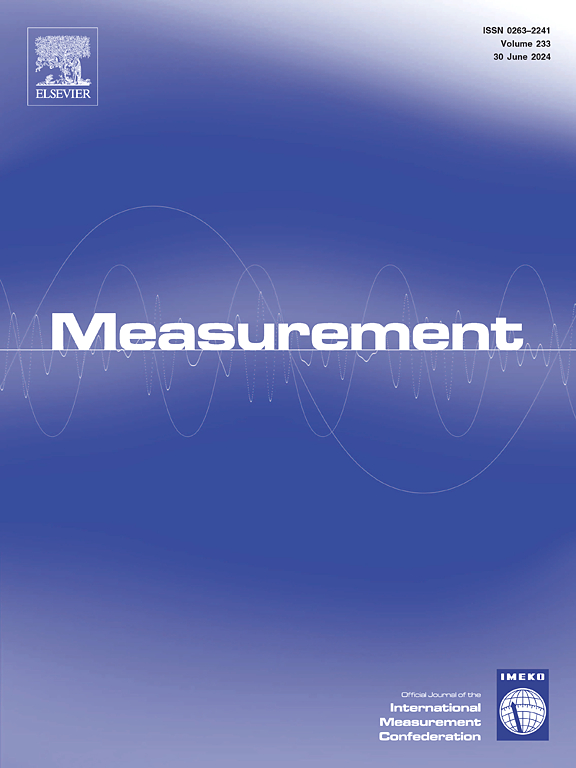An integrated deep learning model for predicting concrete dam deformation with multi-point spatiotemporal correlation
IF 5.6
2区 工程技术
Q1 ENGINEERING, MULTIDISCIPLINARY
引用次数: 0
Abstract
Concrete dam structures exhibit complex, nonlinear responses to various influencing factors, making accurate deformation prediction of concrete dams both crucial and challenging. Most monitoring models for dam deformation prediction primarily emphasize temporal features and the correlation between environmental factors and dam deformation, often neglecting the spatial dependencies within the data. Even multi-point models that account for spatial coordinates still struggle to effectively capture the time-varying spatial correlations between different measurement points. This study presents an integrated deep learning model for deformation prediction that incorporates multi-point, time-varying spatiotemporal correlations to overcome the aforementioned challenges. The proposed model leverages a combination of long short-term memory (LSTM) neural network and Kalman filter (KF), further enhanced by K-means clustering and an attention mechanism. K-means clustering identifies each target point’s associated measurement points; Kalman filter-estimated deformation values from the associated measurement points serve as additional inputs to the LSTM model to capture their time-varying dynamic influences; and the attention mechanism enhances the interpretability of the LSTM model. The proposed model is subsequently employed to predict and analyze the deformation of the concrete dam, and its performance is compared against five other prediction models, including multiple linear regression, a standalone LSTM model and other LSTM-based models. Results from six measurement points show that incorporating spatiotemporal correlations increases R2 of the proposed model by an average of 11.0 % over the standalone LSTM model and 7.3 % over the attention-based LSTM model, which did not account for spatial correlation. The proposed model reduced RMSE by 47.1 % relative to the standalone LSTM model and by 38.3 % relative to the attention-based LSTM model. The MAE decreased by 45.8 % versus the standalone LSTM model and 24.0 % versus the attention-based LSTM model. Moreover, the proposed model offers meaningful interpretability, making it a practical and forward-looking approach for structural health monitoring of concrete dams.
基于多点时空关联的混凝土坝变形预测集成深度学习模型
混凝土坝结构对各种影响因素具有复杂的非线性响应,使得混凝土坝的精确变形预测至关重要且具有挑战性。大多数大坝变形预测监测模型主要强调时间特征和环境因素与大坝变形之间的相关性,往往忽略了数据内部的空间依赖性。即使是考虑空间坐标的多点模型,也很难有效地捕捉到不同测量点之间随时间变化的空间相关性。本研究提出了一个集成的深度学习模型,用于变形预测,该模型包含多点,时变时空相关性,以克服上述挑战。该模型结合了长短期记忆(LSTM)神经网络和卡尔曼滤波(KF),并通过K-means聚类和注意机制进一步增强。K-means聚类识别每个目标点的关联测量点;来自相关测点的卡尔曼滤波估计的变形值作为LSTM模型的附加输入,以捕获它们的时变动态影响;注意机制增强了LSTM模型的可解释性。随后,将该模型用于混凝土坝的变形预测和分析,并与多元线性回归、独立LSTM模型和其他基于LSTM的模型等5种预测模型进行了性能比较。来自6个测量点的结果表明,与不考虑空间相关性的独立LSTM模型相比,纳入时空相关性的LSTM模型的R2平均提高11.0%,比基于注意力的LSTM模型平均提高7.3%。与独立LSTM模型相比,该模型的RMSE降低了47.1%,与基于注意力的LSTM模型相比,RMSE降低了38.3%。与独立LSTM模型相比,MAE下降了45.8%,与基于注意力的LSTM模型相比,MAE下降了24.0%。此外,该模型具有较强的可解释性,为混凝土大坝结构健康监测提供了一种实用且具有前瞻性的方法。
本文章由计算机程序翻译,如有差异,请以英文原文为准。
求助全文
约1分钟内获得全文
求助全文
来源期刊

Measurement
工程技术-工程:综合
CiteScore
10.20
自引率
12.50%
发文量
1589
审稿时长
12.1 months
期刊介绍:
Contributions are invited on novel achievements in all fields of measurement and instrumentation science and technology. Authors are encouraged to submit novel material, whose ultimate goal is an advancement in the state of the art of: measurement and metrology fundamentals, sensors, measurement instruments, measurement and estimation techniques, measurement data processing and fusion algorithms, evaluation procedures and methodologies for plants and industrial processes, performance analysis of systems, processes and algorithms, mathematical models for measurement-oriented purposes, distributed measurement systems in a connected world.
 求助内容:
求助内容: 应助结果提醒方式:
应助结果提醒方式:


